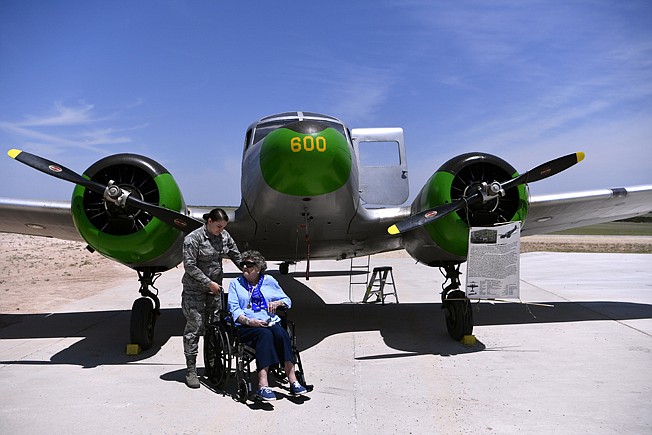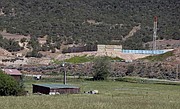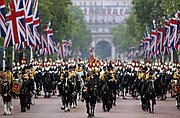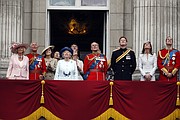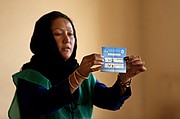SWEETWATER, Texas-Seventy-five years ago, Nell Bright stepped onto Avenger Field from Canyon, ready to serve.
A newly-minted pilot at 21 years old, she had joined the WASPs, or Women Airforce Service Pilots, which had just been relocated to Sweetwater.
"Of course, since I was from West Texas, it was no big shock to me to find the dirt and the wind blowing, and for it to be hot," she said, chuckling.
ASPs came from across the country. There were 1,102 of them who served during World War II, including those coming from more temperate climates.
"They were kind of in a state of shock when they saw what they were getting into," Bright said of her classmates. "They were used to flying back east in the green hills, and no wind.
"They had to learn how to make crosswind landings. Those of us who trained in West Texas, we thought that was the only kind of landing you could make."
The school would teach the women how to fly a handful of the U.S. Army's aircraft. Eventually, WASPs would go on to fly every airplane in the Army's inventory and cumulatively log close to 60 million miles during the war.
o put it into perspective, that's about 125 trips to the moon and back.
WASPs didn't fly combat missions and on paper they weren't officially active-duty members of the military, serving in a civil service capacity similar to the merchant marines. But the missions they flew contained their own amount of risk and 38 WASPs lost their lives in the line of duty.
WASPs ferried aircraft across the country, or tested repaired aircraft to ensure those planes were ready for duty. Some, like Bright, flew the B-25 and B-26 bombers.
I was sent to B-25 transition school after we got our wings, there were 20 out of our class," she recalled. "It was just a wonderful airplane to fly, it was very dependable."
The WASPs recently held its annual homecoming at Avenger Field. Two years ago, there were 105 WASPs still living. Now, no more than 54 remain.
Carol Cain, vice president of the National WASP World War II Museum, said the average age of the survivors is 96 to 105. On May 26, five of them, including Bright, returned to Sweetwater.
"The WASPs moved the training school from Houston to Sweetwater 75 years ago," Cain said. "They only trained here from 1943-44. Our museum celebrates the WASPs who graduated from here."
After World War II, the women were sent home and discouraged from talking about their service. Most went on to what they believed were normal lives and nobody ever knew women had flown high-performance military aircraft during the war.
It wasn't until the 1970s, when women began to enter U.S. military academies to become pilots in the U.S. Navy and the U.S. Air Force, that the public learned more. Headlines touting "First women pilots to fly military airplanes" sparked a movement to set the record straight - women had flown those aircraft 30 years earlier.
ASP records were unsealed, their history was revealed and their role has been celebrated ever since. A staple of the annual homecoming are the women military pilots who visit from bases around the country to meet the women who flew those planes first.
"We were very lucky, the ones who got to B-25 transition school," Bright recalled. "Ten of us were sent to a tow-target squadron at Fort Bliss in El Paso to train the anti-aircraft boys in ground-to-air."
The job required them to tow a target 50 feet behind their airplanes, hoping those on the ground knew what they should be shooting at.
"We towed targets in the B-26 and the B-25," Bright said. "Of course, they shot real bullets at them."
Her plane never took a big hit; but sometimes she'd find a bullet hole in a tail or on a wing.
"One night we were towing targets in a B-25, and they were supposed to get the target in the searchlights," she recalled. The idea was one crew on the ground would spotlight the target with the bright beams while another crew would fire on the target once it was illuminated.
"They got our plane in the search lights instead," Bright said. "But fortunately, they weren't very good shots!"
She shook her head, chuckling.
"The flak started bursting in front of us, we took some evasive action, got out of the way and then just radioed and told him we were going back to base," she said. "They couldn't shoot well enough."
She laughed again at the memory.
"So, that was fun."
Bright left the WASPs when they were deactivated in 1944. She had no regrets, she had done her duty, and more.
"I enjoyed every minute of it," she said.

